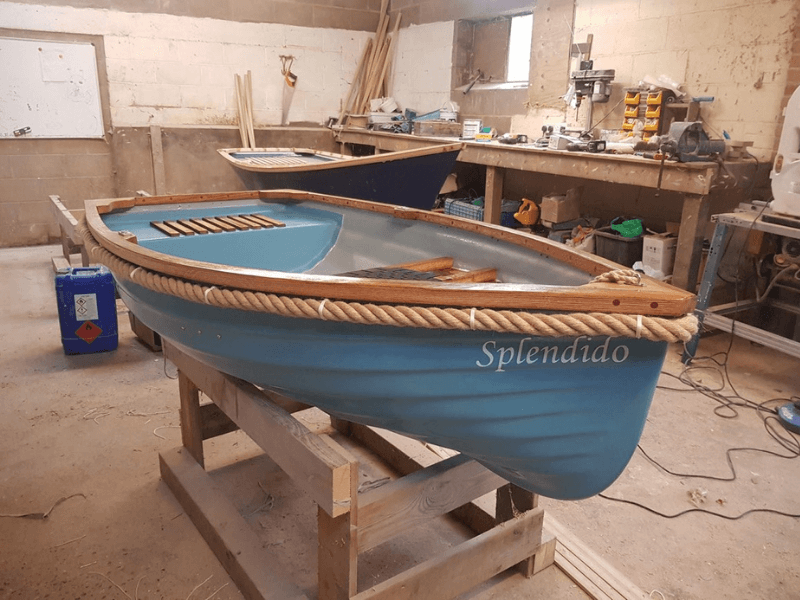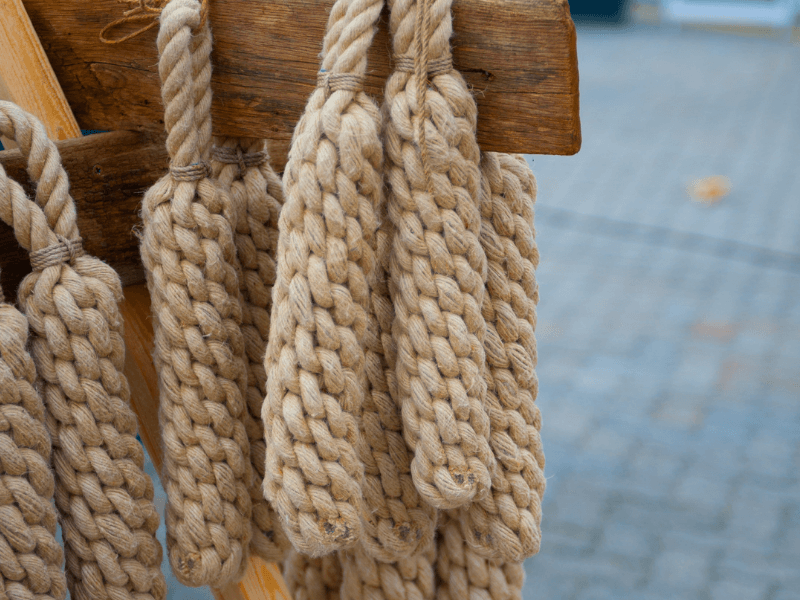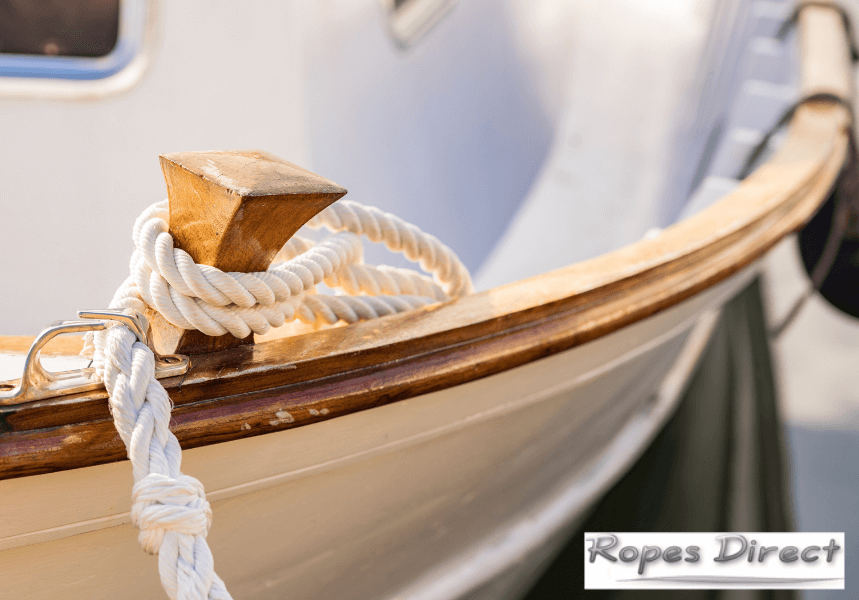Rope fenders.
Arguably, they’re one of the most important features of your craft – designed to protect the hull from any knocks and damage and ensure you get many years of enjoyment out at sea.
Here at RopesDirect, we can either supply you with first rate coir fenders, handmade for us in India, or we can supply a range of natural ropes – including jute, manila and flax hemp – which you can use to create your own high-quality boat fenders. The type that will look great, do the job successfully, and stand the test of time. And making your own is much easier than you think.
To get you started, here we outline a couple of the most popular methods.
Wraparound rope fenders
This is a very simple type of rope fender. But it works incredibly well and looks good too.
Essentially, a strong and durable boat fender rope is wrapped around the hull and secured in place. Not only does this create a 360° buffer, allowing you to moor and dock without causing unnecessary damage, it also gives the craft a stylish ‘nautical themed’ look.
And the best bit? It’s very easy to make. In fact, the wraparound method is used by our friends at, Pondlife Workshop – who are skilled and experienced boat manufacturers in Suffolk.

All you need is a piece of high-quality jute rope. The exact length and diameter required will, of course, depend on the size of your vessel. But at RopesDirect, we sell jute by the metre (up to a continuous maximum length of 100m) and in coils up to 220m long. So, whether you’re making a fender for a small dinghy or a spacious yacht, we can supply the ideal product.
Start at the back and wrap the jute rope around the circumference of the hull, securing it in place at 1m intervals. There are various ways to do this. However, we recommend using additional lengths of rope (with a smaller diameter) and attaching these to the hull with rope fittings.
Rope side fenders
Alternatively, it’s also possible to make your own rope side fenders.
These may look complex. But as long as you stick to a simple ‘crown knot’ throughout, they can be knotted up in no time and are an extremely effective way to protect the hull..
Again, we recommend using a 3-strand natural rope (such as jute or manila) and this should be roughly 4-5 metres long. You’ll also need a strong whipping twine, as well as a fid or marlinespike.
Start by folding the rope in half. Approximately 3-4 inches below the bight (which is the loop you’ve just created), tightly and securely bind the rope together using the twine. Then, repeat this process 12-14 inches lower down. This creates a strong core for your new boat bumper.
Unlay the rope so that you have six strands to work with and create the first ‘crown knot’. This is a fairly common knot in the world of sailing. But if you’re unfamiliar with it, detailed information can be found online – including countless step-by-step articles and instruction videos on YouTube.

Continue adding crowns until you are about 2-3 inches away from the bight. This creates a ‘crown sennit’ and the characteristic pattern of a rope side fender should emerge. Then, to finish, tuck the ends of the rope into the fender – using your fid – and pull tight to secure them in place.
And that’s all there is to it! Do email us a photo if you go ahead and make one – we’d love to see the final product.

